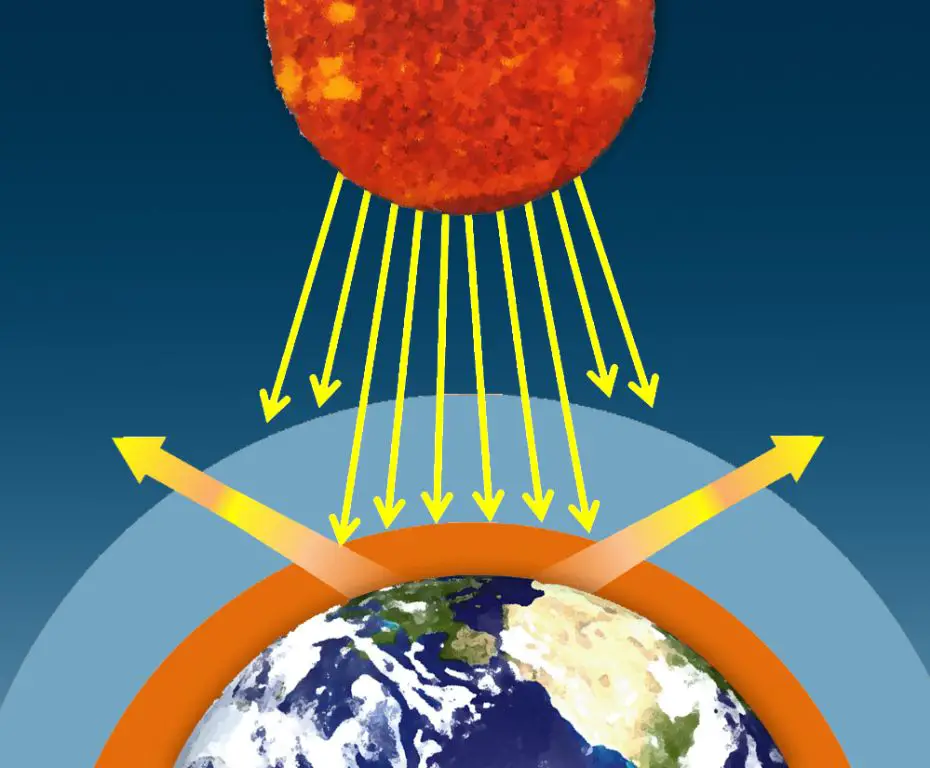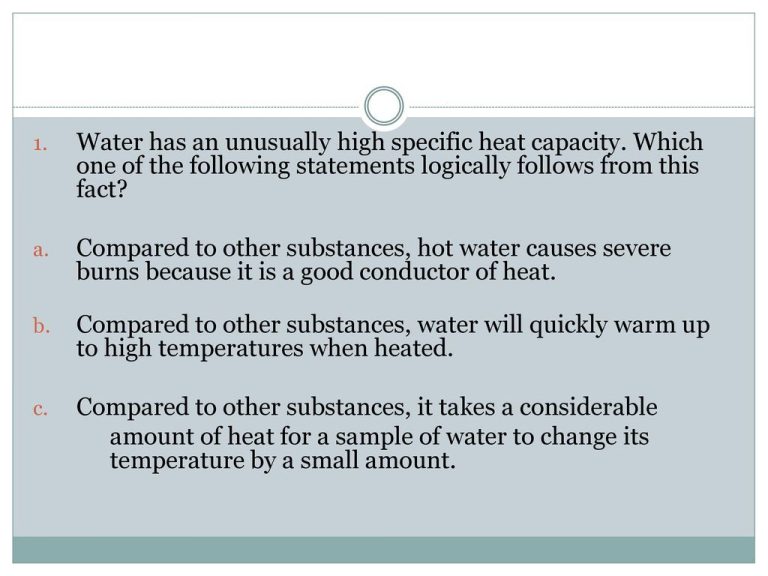What Type Of Spectrum Will The Sun Produce?
The Sun produces light across the full electromagnetic spectrum, from long radio waves to short gamma rays. The electromagnetic spectrum encompasses all wavelengths of electromagnetic radiation, ordered from longest to shortest wavelength. Different wavelengths interact with matter in unique ways and thus have distinct properties and applications.
The Sun is composed primarily of hydrogen and helium gas. Nuclear fusion reactions in the Sun’s core cause it to emit energy in the form of electromagnetic radiation. As this radiation travels out through the Sun’s outer layers, some of it is absorbed at particular wavelengths, altering the Sun’s spectrum.
This article will examine the various types of electromagnetic radiation emitted by the Sun, from radio waves to gamma rays. It will look at which parts of the Sun’s layers produce each wavelength and how each type of radiation interacts with the Solar System.
Visible Light from the Sun
The Sun emits electromagnetic radiation across a broad spectrum of wavelengths, including visible light. Visible light from the Sun ranges in wavelength from about 380 nanometers (violet) to about 740 nanometers (red). This range represents the part of the electromagnetic spectrum that is visible to the human eye.
The Sun produces visible light through a process called blackbody radiation. As a near-perfect blackbody radiator, the Sun’s photosphere (visible surface) emits electromagnetic radiation at many wavelengths and intensities based on its extremely high temperature of around 5,800 Kelvin. This radiation spectrum peaks at visible wavelengths, giving the Sun its familiar bright white color.
The color temperature and solar irradiance (power per unit area) of visible sunlight can vary. At noon on a clear day, sunlight is mostly white with a color temperature of 5,500K. However, the solar spectrum shifts toward the red end at sunrise and sunset as sunlight passes through more atmosphere. Total solar irradiance at Earth’s surface is about 1,000 watts per square meter for perpendicular sunlight under clear skies. But this quantity also depends on time of day, location, pollution, and atmospheric conditions.
Ultraviolet Radiation
Ultraviolet (UV) light from the Sun makes up a relatively small portion of the total electromagnetic spectrum emitted by our star. UV light ranges in wavelength from 10 to 400 nanometers, shorter than visible violet light but longer than X-rays.
There are three types of UV radiation that reach Earth’s surface:
- UVA – Long wave UV radiation (315–400 nm)
- UVB – Medium wave UV radiation (280–315 nm)
- UVC – Short wave UV radiation (100–280 nm)
UVC radiation from the Sun is completely absorbed by oxygen and ozone in Earth’s atmosphere and does not reach the planet’s surface. However, UVA and UVB radiation are not completely filtered and exposure to these wavelengths can pose risks to human health.
The Sun produces UV radiation through thermal and magnetic processes in its hot outer atmosphere. As atoms in the solar atmosphere are excited, they emit photons across the UV spectrum when they decay to lower energy states.
Exposure to solar UV radiation is the primary cause of skin sunburn and skin cancer. It also contributes to eye damage and immune system suppression in humans. However, UV radiation also has some benefits, as it stimulates vitamin D production in the skin.
Infrared Radiation
Infrared radiation refers to electromagnetic waves with wavelengths longer than visible light, but shorter than microwaves. The Sun emits infrared radiation as part of the blackbody radiation spectrum it generates due to its extremely high temperature. Although infrared radiation is invisible to the human eye, we can feel it in the form of heat when standing in sunlight.
There are two main types of infrared radiation from the Sun: near-infrared, with wavelengths from about 0.75 to 3 microns, and far-infrared, from about 3 to 1,000 microns. Near-infrared is closer to the visible part of the spectrum, while far-infrared has longer wavelengths closer to the microwave region. Near-infrared makes up over half of the total infrared radiation emitted by the Sun’s photosphere.
Infrared light from the Sun is primarily generated through blackbody radiation, as the Sun’s outer layers act approximately as a perfect blackbody radiator at 5,778 K. According to the Stefan-Boltzmann law, the total energy radiated per unit surface area is directly proportional to the fourth power of temperature. Thus, the extreme temperature of the Sun’s photosphere results in the wide spectrum of radiation, including infrared.
Infrared light from the Sun provides a major heat source that helps warm the Earth’s surface and atmosphere. Greenhouse gases in the atmosphere, such as water vapor and carbon dioxide, absorb infrared radiation reflected back from the surface, trapping heat and enabling the greenhouse effect that makes the Earth habitable.
Microwaves

Microwaves are a form of electromagnetic radiation with wavelengths ranging from about one meter to one millimeter, corresponding to frequencies between 300 MHz and 300 GHz. The longer microwaves have wavelengths that range from roughly one meter down to 33 centimeters with frequencies between 300 MHz and 1 GHz. The shorter microwaves, sometimes referred to as extremely high frequency (EHF) have wavelengths from 1 centimeter down to 1 millimeter with frequencies from 10 GHz up to 300 GHz.
Microwaves are produced by the Sun through a process called gyromagnetic emission. This occurs when electrons spinning around the magnetic fields of active sunspots are accelerated. When the electrons are accelerated, they produce microwave photons. The intensity and wavelengths of the microwaves depends on the strength of the magnetic field in the sunspot regions. Stronger magnetic fields result in shorter wavelength microwaves.
The Sun produces low intensity background microwave radiation across a wide range of wavelengths and frequencies. During solar flares and other solar activity, localized spikes in microwave intensity and frequency can be detected coming from active sunspot regions. These flares can produce microwaves ranging from a few gigahertz to over 100 GHz in frequency.
X-Rays
The Sun emits high energy X-ray photons through a process called bremsstrahlung radiation. This occurs when electrons are accelerated, often by magnetic fields, and release energy in the form of X-ray photons upon deceleration.
The amount of X-rays produced by the Sun varies throughout the approximately 11-year solar cycle. X-ray emissions are lowest at the solar minimum when the Sun is least active. During the solar maximum, the Sun’s magnetic field strengthens and activity increases, resulting in more energetic solar flares that boost X-ray production.
Gamma Rays
Gamma rays are the most energetic form of electromagnetic radiation produced by the Sun. They originate from nuclear reactions and particle acceleration in the solar atmosphere.
Very few solar gamma rays reach the Earth’s surface. This is because gamma rays interact with matter very readily and are absorbed by the gases in the Earth’s atmosphere before getting through. Gamma rays that do penetrate have extremely high frequencies and photon energies.
The production of gamma rays by the Sun is relatively rare compared to other wavelengths. But they provide insights into the most extreme astrophysical processes taking place in our closest star.
Radio Waves
Radio waves have the lowest frequencies and longest wavelengths in the electromagnetic spectrum. They range from around 3 kHz to 300 GHz. Radio waves are generated from the acceleration of charged particles, often electrons moving along magnetic field lines near the Sun’s surface. This cyclotron radiation produces disruptions in the solar magnetic field that result in solar flares and sunspots. The level of radio wave emissions from the Sun is measured by solar radio flux, providing information about sunspot activity and solar storms.
Some key properties of radio waves:
- Long wavelengths – from millimeters to kilometers
- Low frequencies – 3 kHz to 300 GHz
- Travel at speed of light
- Penetrate atmospheric gases
- Diffract around large objects
- Reflected by ionosphere
- Can carry information by modulating wave frequency, amplitude, or phase
Radio waves are generated from cyclotron radiation when electrons spiral along magnetic field lines near the Sun’s surface. This acceleration of charged particles produces radio wave emissions. Solar radio flux correlates strongly with sunspot activity, allowing it to be used to monitor space weather events like solar flares. Sunspots indicate twisting and kinking of magnetic field lines that lead to increased radio wave emissions.
Other Wavelengths
In addition to visible light and other common wavelengths, the Sun also emits radiation at less familiar frequencies.
For example, the Sun produces terahertz radiation, which has frequencies between microwaves and infrared light. Terahertz waves have some unique properties that scientists are still actively researching.
The Sun also emits extreme ultraviolet radiation, with wavelengths from 10 to 120 nanometers. Much of this radiation is absorbed by the Earth’s upper atmosphere, ionizing molecules and affecting the planet’s temperature and climate.
Besides electromagnetic radiation, the Sun also produces particle radiation like protons, electrons, and neutrons. These solar particles originate from solar flares and coronal mass ejections. They can damage satellites, disrupt communications, and pose a hazard to astronauts in space.
So while visible light may be the most familiar type of solar radiation, the Sun also generates many other wavelengths and particles across the electromagnetic spectrum.
Conclusion
In summary, the Sun produces a wide spectrum of radiation across various wavelengths and frequencies. This includes visible light that enables plant photosynthesis and provides daylight, ultraviolet radiation that can have both beneficial and harmful effects, infrared radiation that we perceive as heat, and other types like X-rays, gamma rays, radio waves, and microwaves.
The solar radiation that reaches Earth’s surface and atmosphere is essential for nearly all life on Earth. Visible sunlight allows plants and other photosynthetic organisms to grow and produce energy. The infrared heat from the Sun warms Earth’s surface and drives global circulation patterns in the atmosphere and oceans. Though excessive ultraviolet radiation can be damaging, some UV exposure is important for vitamin D production in many species.
Our Sun provides the power source for a complex web of biological, chemical, and physical processes on Earth. The wide spectrum of wavelengths in solar radiation enables many of these essential interactions. As astronomy and solar physics continue to advance, we can hope for an ever-deeper understanding of our home star and the mechanisms by which its emissions make life on our planet possible.





